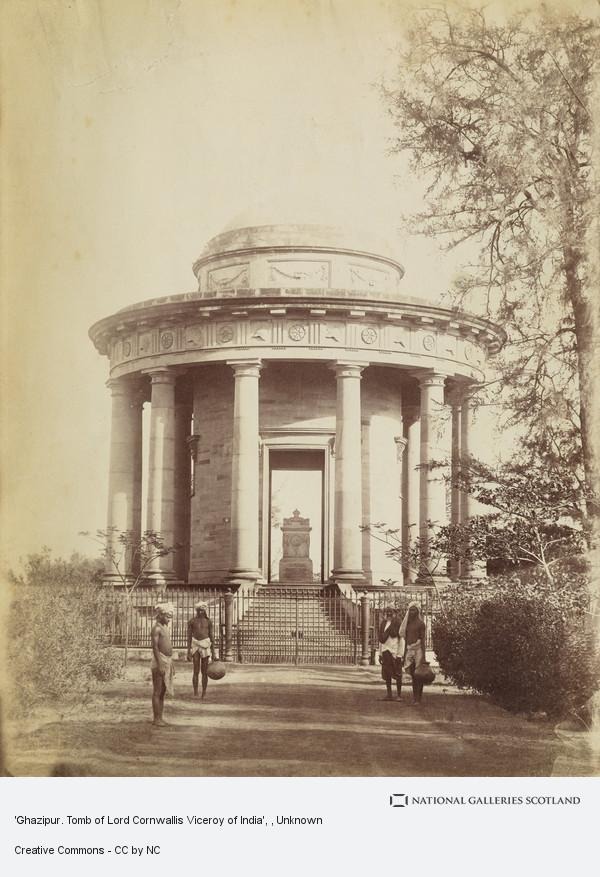- उत्तर प्रदेश सरकार
- GOVERNMENT OF UTTAR PRADESH
Home > Members > Bandana Yadav > Story >
Back05:21 AM
Whispers of History: The Enchanted Tale of Lord Cornwallis' Tomb in Ghazipur
Amidst the whispers of time, in the charming town of Ghazipur, a place of history and mystery beckoned me—an enchanting realm where my childhood memories found their haven. As the sun dipped below the horizon, painting the sky with hues of gold, I embarked on a journey down memory lane, leading me to a sacred corner of Ghazipur—the legendary tomb of Lord Cornwallis.
Nestled amidst lush greenery, the tomb stood as a silent witness to centuries gone by. The air carried a sense of reverence, and a serene aura enveloped the surroundings, as if the very earth paid homage to the illustrious soul resting beneath. To my young mind, the tomb was a gateway to the past, a portal through which stories of valiant deeds and historical moments whispered on the breeze.
As I approached the tomb, time seemed to slow down. The weathered walls, adorned with intricate carvings, told tales of a bygone era. I imagined Lord Cornwallis, a formidable figure from history, who had left an indelible mark on the pages of time. His legacy was woven into the fabric of Ghazipur, and the tomb was a testament to the town's deep-rooted connection with history.
I would often visit the tomb with my friends, each of us captivated by the mystique that hung in the air. We would sit under the ancient trees, sharing stories and dreams, our young hearts resonating with the echoes of the past. It was a place where imaginations ran wild, where we conjured visions of grandeur and gallant knights, all inspired by the aura of Lord Cornwallis' resting place.
The tomb was not merely a monument; it was a bridge between eras. Its presence offered a profound lesson—history was not confined to textbooks; it was alive, waiting to be embraced by those who sought to unravel its secrets. I felt a sense of privilege to stand before this historical gem, to absorb its energy and reflect on the lives that had once crossed its path.
As the years passed, and childhood slowly transformed into adolescence, my visits to the tomb became less frequent. Yet, the memories lingered—of hushed conversations, shared awe, and a profound connection with the past. The tomb of Lord Cornwallis had become more than just a monument; it had become a guardian of cherished memories, a symbol of Ghazipur's heritage etched in the fabric of my being.
Today, whenever I close my eyes and think back to those days, I am transported to that serene corner of Ghazipur, where history and nostalgia converged, where the tomb of Lord Cornwallis whispered its tales to an eager heart, and where a young soul found solace in the embrace of time itself.

